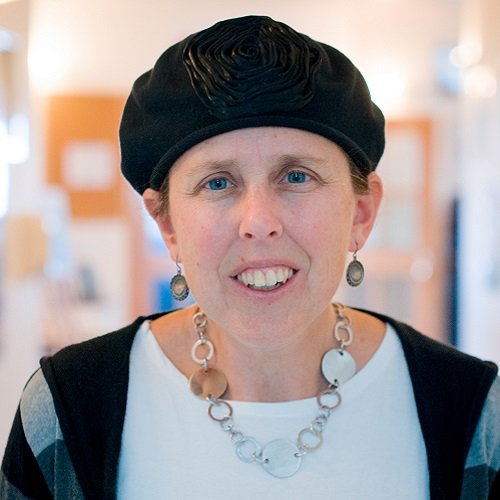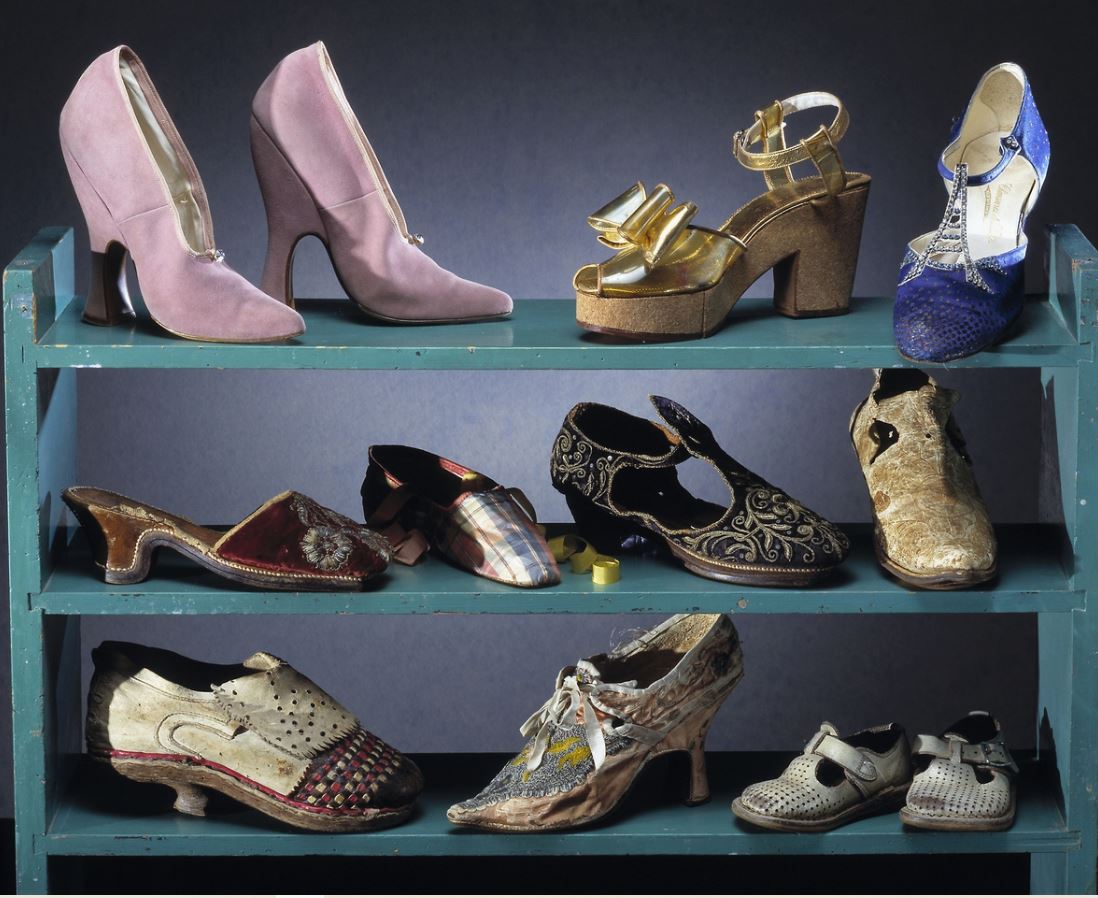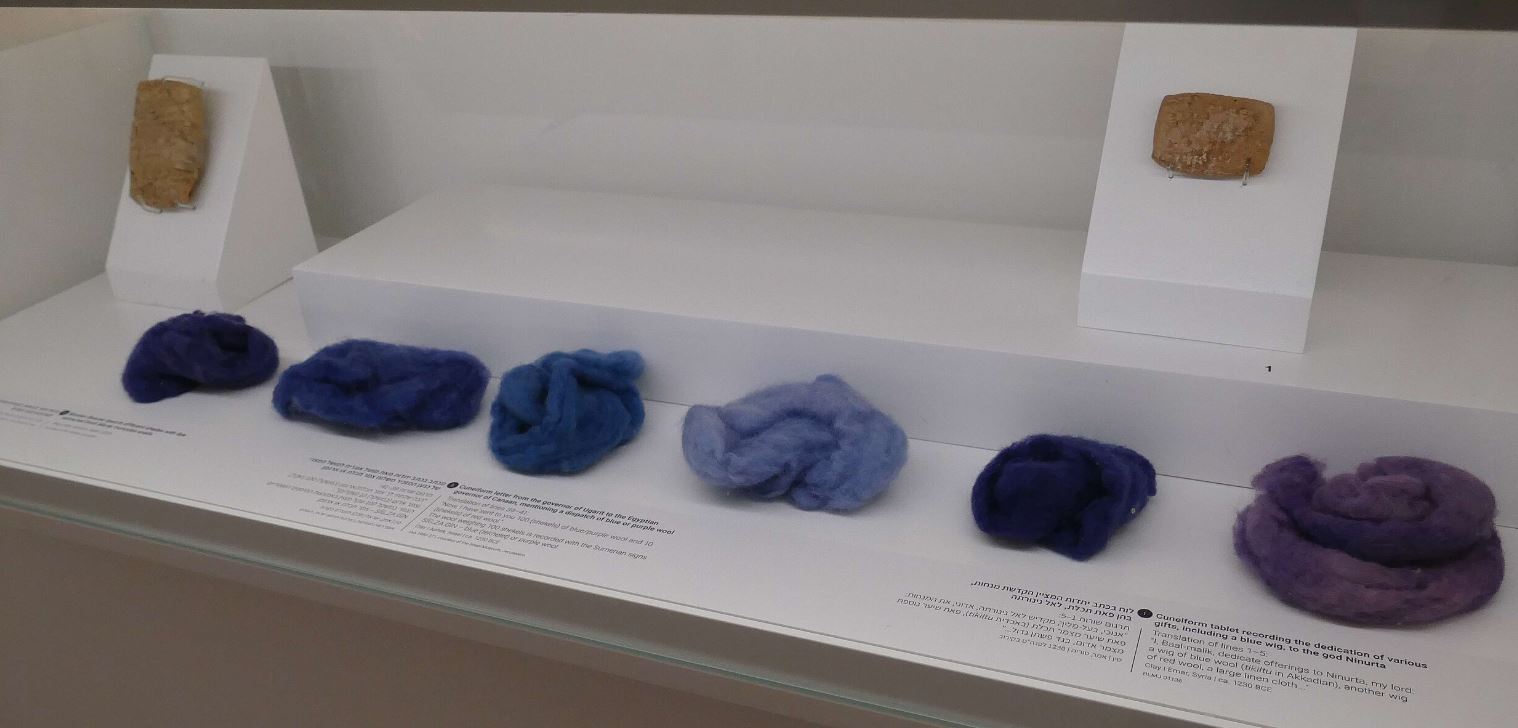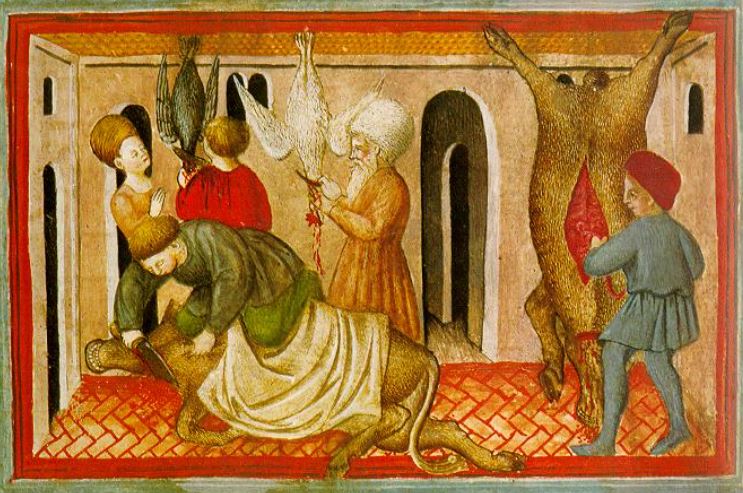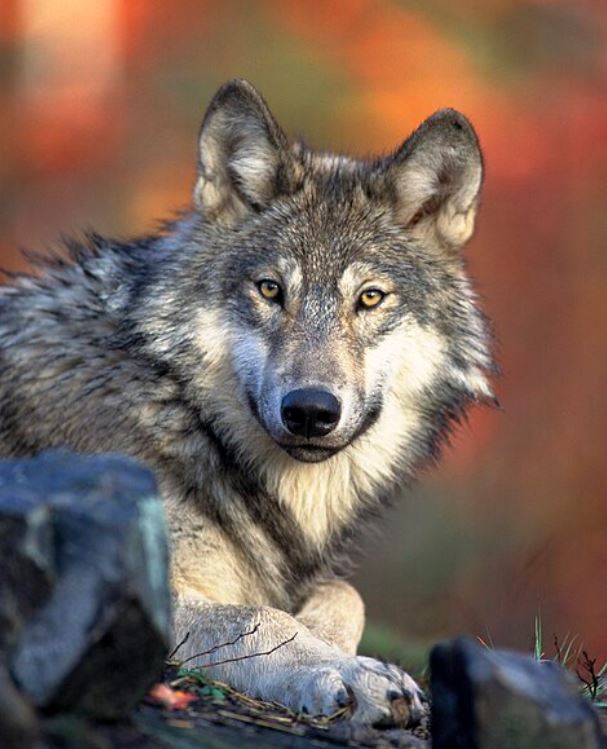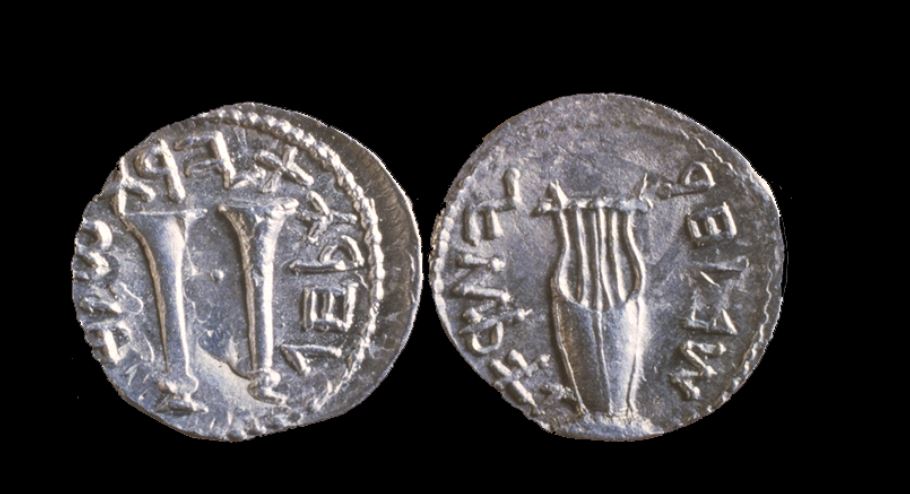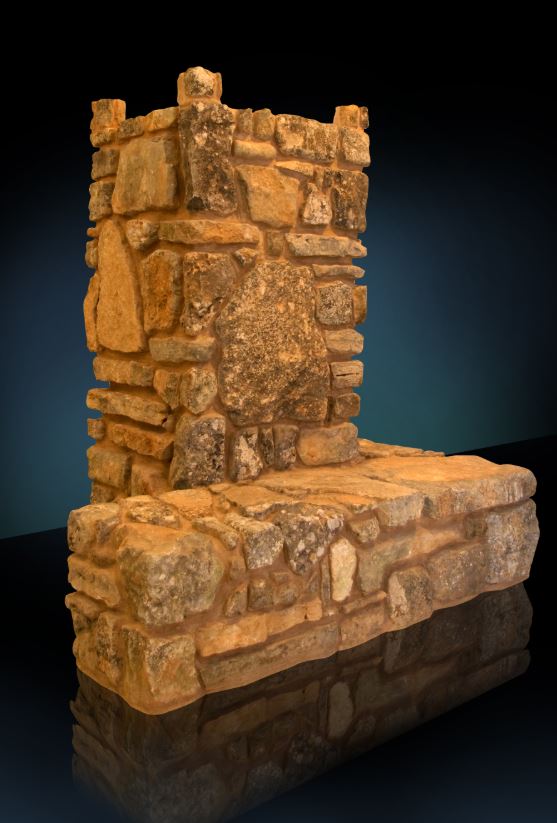A common pair in the Bible appears here in our last chapter of Sanhedrin, albeit in two separate contexts. In the first we find the erez, the cedar of Lebanon, a tree known for its height and beauty. The Gemara explains that Bilaam wanted to curse the people of Israel but God put a blessing in his mouth instead:
“He sought to say that they would not have kings of stature, and he said instead: “Like cedar trees beside the waters” (Numbers 24:6).” (Sanhedrin 105b)
A few pages later, the cedar’s partner and antithesis, the lowly ezov appears in the context of David’s sin with Batsheva:
“Rav Yehuda says that Rav says: For six months David was afflicted with leprosy and the Divine Presence abandoned him and the members of the Sanhedrin dissociated themselves from him. He was afflicted with leprosy, as it is stated: “Purge me with hyssop and I shall be clean; wash me, and I shall be whiter than snow” (Psalms 51:9)” (Sanhedrin 107a)
What do we know about this pair of plants, the erez and the ezov? The erez is the towering cedar of Lebanon, the most magnificent tree known in ancient times. Cedars were considered perfect for building because of their size, shape and pleasant smell. They are so associated with the country of Lebanon that the tree appears on their national flag:

Eternalsleeper at English Wikipedia, Public domain, via Wikimedia Commons
When it came time to build the Temple, King Solomon asked his ally Hiram the king of Tyre to send him cedars. This request is repeated centuries later with the building of the Second Temple.
“Please, then, give orders for cedars to be cut for me in the Lebanon. My servants will work with yours, and I will pay you any wages you may ask for your servants; for as you know, there is none among us who knows how to cut timber like the Sidonians.” (Kings I 5:20)
Cedars were associated with might, height and strength, hence the use of the metaphor in our Gemara. Righteous people are compared to them:
“The righteous bloom like a date-palm;
they thrive like a cedar in Lebanon” (Tehillim 92:13)
And only God is stronger than they are:
“the voice of the LORD breaks cedars;
the LORD shatters the cedars of Lebanon” (Tehillim 29:5)
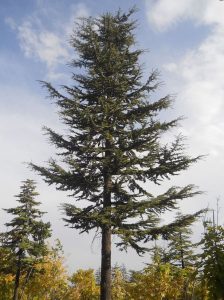
Perencal, CC BY-SA 4.0 <https://creativecommons.org/licenses/by-sa/4.0>, via Wikimedia Commons
In contrast to the erez, the ezov is the lowliest of plants. The verse in our Gemara is taken from Tehillim 51, a poem that was written by King David after he sinned with Batsheva. In the first part of the poem, David asks God to forgive him and cleanse him of his sin, using the ezov, the plant used in purifying rites like that of the red heifer.
What is the hyssop, or ezov in Hebrew, and what does it have to do with being purified? Most of us know the ezov through the popular spice made from it, zaatar. But the ezov has a long and important history with the Jewish people.
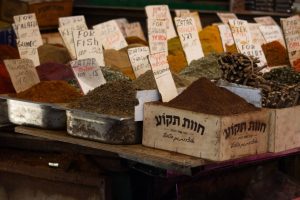
J R Ross, UnSplash
Hyssop is a low bush with a fragrant smell. It has many varieties and was known in ancient times. It was considered to have medicinal properties and today we know that it is an anti-oxidant. The ezov, appears in a number of places in the Tanakh. It is the “A” in an A to Z of trees, with the cedar of Lebanon on the other end of the spectrum.
“He discoursed about trees, from the cedar in Lebanon to the hyssop that grows out of the wall;” (Kings I 5:13)
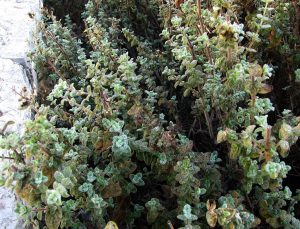
Gilabrand, CC BY-SA 3.0 <https://creativecommons.org/licenses/by-sa/3.0>, via Wikimedia Commons
The hyssop’s greatest starring role is in the Exodus. The Israelites are commanded to take a lamb and sacrifice it and then put the blood on their doorposts as a sign for the angel who came through Egypt and killed the firstborns. The “paintbrush” is the ezov:
“Take a bunch of hyssop, dip it in the blood that is in the basin, and apply some of the blood that is in the basin to the lintel and to the two doorposts. None of you shall go outside the door of his house until morning. For when the LORD goes through to smite the Egyptians, He will see the blood on the lintel and the two doorposts, and the LORD will pass over the door and not let the Destroyer enter and smite your home.” (Shmot 12: 22-23)
The act of sacrificing the lamb and putting the blood on the door is an act of defiance and required a lot of courage and belief that God was really going to come and deliver His people. The midrash in Shmot Rabba emphasizes that it is the humblest of plants that is instrumental in bringing about the redemption.
“With small items He performs miracles, and by means of the hyssop, which is the lowliest of the trees, he redeemed Israel;” (Shmot Rabba 17:2)
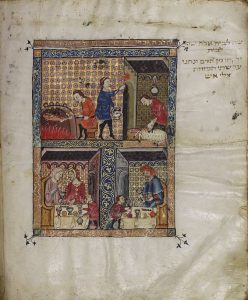
Rylands Haggadah, 14th century
University of Manchester, Public domain, via Wikimedia Commons
Interestingly, the giant tree and the lowly shrub are paired in a few places in Jewish law, in connection to purifying rituals. When the leper needs to be purified, the ezov and the erez, along with a red string (tolaat shani) are dipped in the blood of a slaughtered bird. The blood is then sprinkled on the leper to purify him. The same idea with the red heifer: cedar and hyssop are thrown into the fire that creates the ashes.
The midrash addresses the obvious question of why choose these plants. One idea is that the leper, punished for his haughtiness or his gossiping, thought himself as mighty as the cedar. The leprosy brought him down to the level of the hyssop. Another idea is that not only the mighty are needed to effect change but also the humble, and sometimes the greatest power can be found in the lowest people.
The contrast between the two trees (an ezov is considered a tree because of its trunk and branch shape) is emphasized in a suggestion for a eulogy for the great amora, Ravina:
“If the cedars went up in flame, what shall the hyssop of the wall do?” (Moed Katan 25b)
The phrase has been adopted by modern Hebrew to mean, if the mighty have fallen, clearly there is no hope for the humble.
Humble hyssop, towering cedar – each one brings something important to the Jewish people and to the world.


